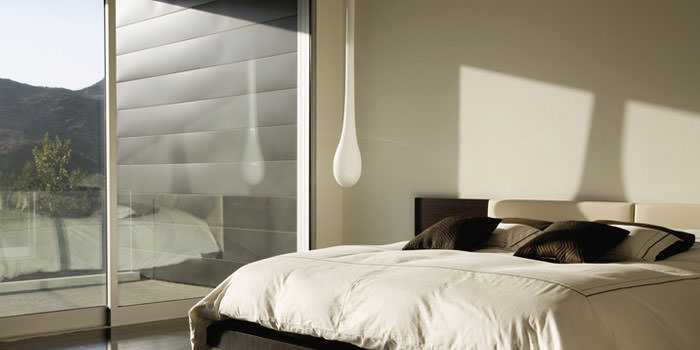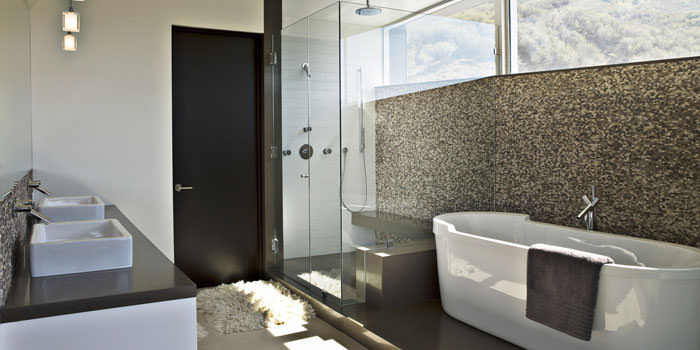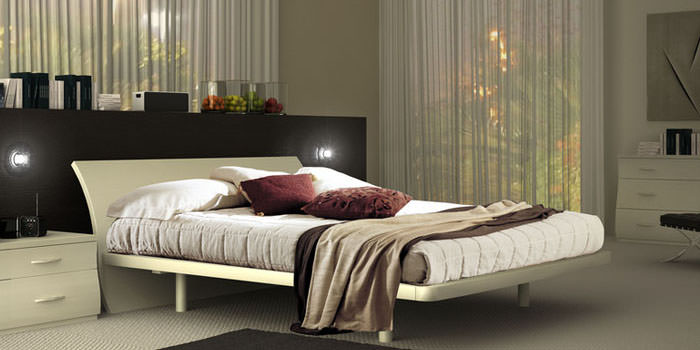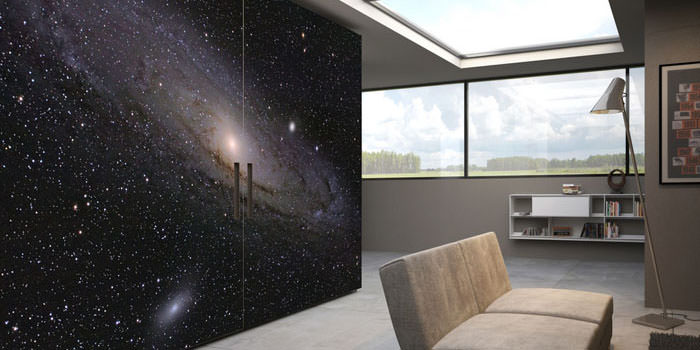
Core Stability
Core Stability’ is probably one of the most used and abused terms floating around health clubs, amongst health professionals and personal trainers. Physios are seeing an increasing number of people who have fallen victim to an often misguided approach and undertaken exercise regimes that have led to back pain and/or related hip and leg problems...



